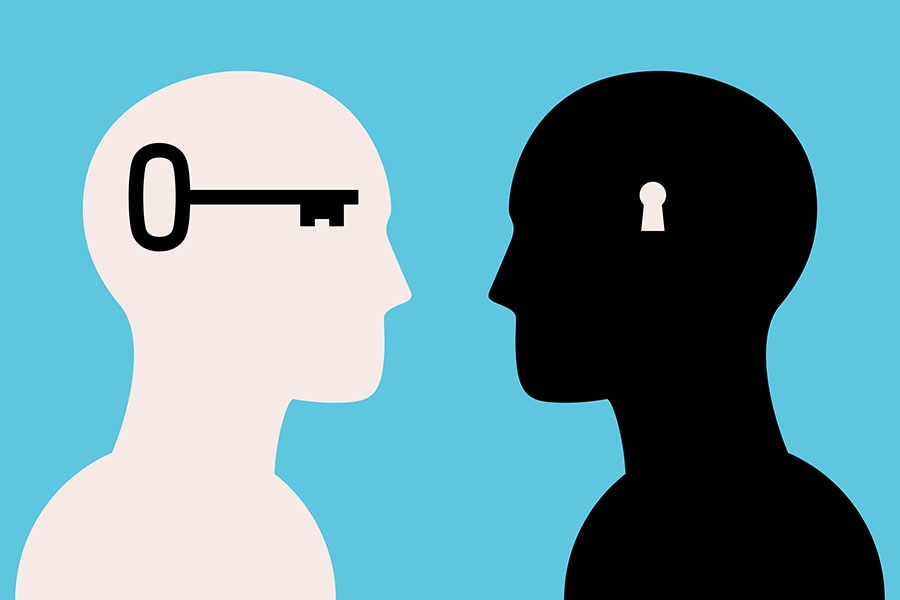
Deconstructing ancient worlds to build our own: The case of education
Artificial intelligence, like other innovations, is redesigning education and gives people the opportunity to learn outside the walls of a brick-and-mortar school
 Education has always depended on the quality of teachers and students, who, together, founded brands which stand for prestige and excellence
Image: Shutterstock
Education has always depended on the quality of teachers and students, who, together, founded brands which stand for prestige and excellence
Image: Shutterstock
There has never been such a big gap between the way the world is advancing and the way we teach. Irrespective of the level of education, the teacher-learner principle has not been called into question for many decades.
Over the last century, the world has evolved very rapidly, but the way we teach has remained unchanged. The teacher stands at the front, the learners sit at their desks, they write down what they are required to learn, look at the board and that is it.
Yet the education sector too is affected by the organisational flattening brought about by innovation. Less than 20 years ago, students walked into the classroom with a defined perimeter of knowledge acquired in previous years, whether in the same course, in a previous education level, or in even in another school structure altogether.
Today, professors have no way of knowing whether the student entering the classroom has already taken the same course or not, maybe a similar level course at a competing university which publishes its courses online or on a knowledge dissemination platform. How do you deal with a student who sits in the classroom and who, a week or a month prior, decided to take this course in another institution? Is this situation not bound to happen more and more often? Should we condemn a student who is passionate about a subject simply because their knowledge or interest could jeopardize the pedagogical approach prepared by the teacher?
Education has always depended on the quality of teachers and students, who, together, founded brands which stand for prestige and excellence. The globalisation of education only accentuated this phenomenon in the recruitment of both the best teachers and the best students. The inertia of the sector has reinforced this dynamic, which is why the higher educations at the top of rankings are also those which have a very prestigious brand.







